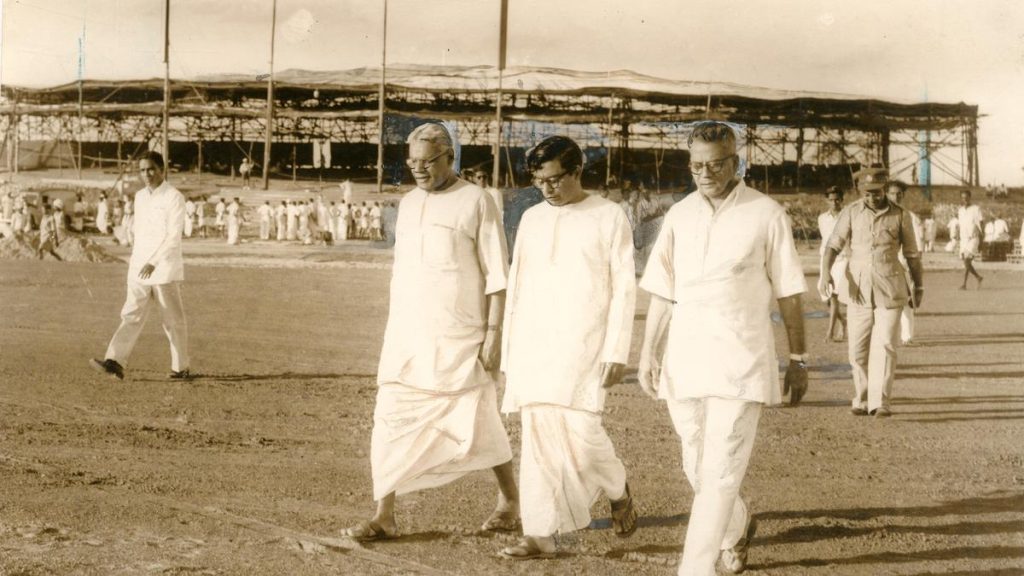Now Reading: Tracks to Freedom: How Railways Shaped India’s Path to Nationhood
-
01
Tracks to Freedom: How Railways Shaped India’s Path to Nationhood
Tracks to Freedom: How Railways Shaped India’s Path to Nationhood
Rapid Summary
- The introduction of railways in india by the English East India Company (EIC) initially aimed to serve military and freight needs, later became a major tool for nationalist mobilization.
- The railway system, introduced in 1853, enabled mass passenger movement and fostered social integration despite restrictive Third-Class travel for Indians.
- The expansion of railways (from 571 km in 1857 to over 59,000 km by 1920) catalyzed political awareness and unity among Indians.
- Leaders like Mahatma Gandhi used the railways as a means to connect with masses and amplify their struggle against colonial inequalities. His grassroots mobilizations were aided by train travel.
- Railways offered not just mobility but became an employer and a center for organized labor movements-linked indirectly to anti-colonial protests like strikes during the Non-Cooperation Movement.
- Instances of direct revolutionary action also involved trains (e.g., Kakori Train Robbery in 1925), targeting colonial infrastructure while propagating resistance against exploitative British rule.
- While regarded as essential infrastructure after independence, nationalist groups criticized British motivations behind financing the railways-seen as benefitting imperial interests rather than local welfare.
Indian Opinion Analysis
The Indian railway system stands out as a case were colonial ambitions inadvertently equipped Indians with tools for self-determination. Originally built to serve British commercial and military ends, it unexpectedly facilitated mass dissemination of ideas that spurred unity among diverse communities across distant regions. Its contribution towards organizing labor forces added structural support to emerging nationalist politics while leaders like Gandhi leveraged it effectively for grassroots outreach campaigns.
Though, its dual legacy warrants nuanced reflection: though instrumental in fostering political consciousness culminating in independence struggles, Indian mistrust toward its exclusivist operations underlined questions about whose interests public resources truly served during colonial times. This tension underscores broader debates on balancing infrastructural progress with equitable access-a theme still relevant within post-independent India’s growth narrative.
Read more: [Link remains unchanged]
























